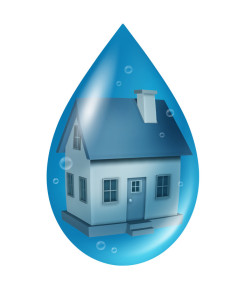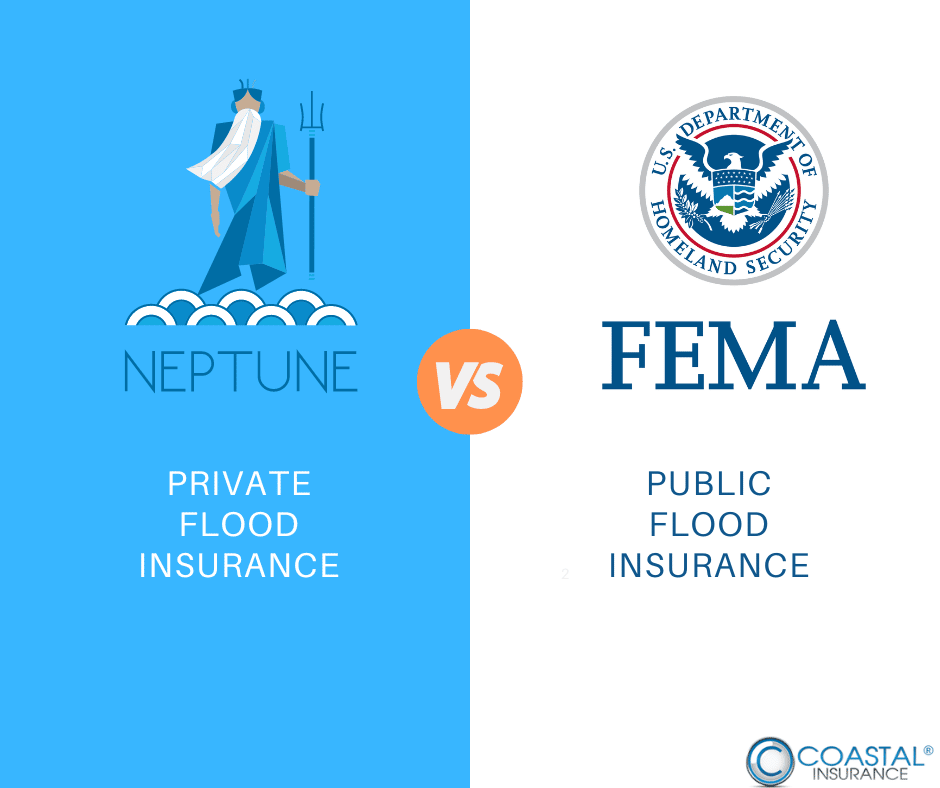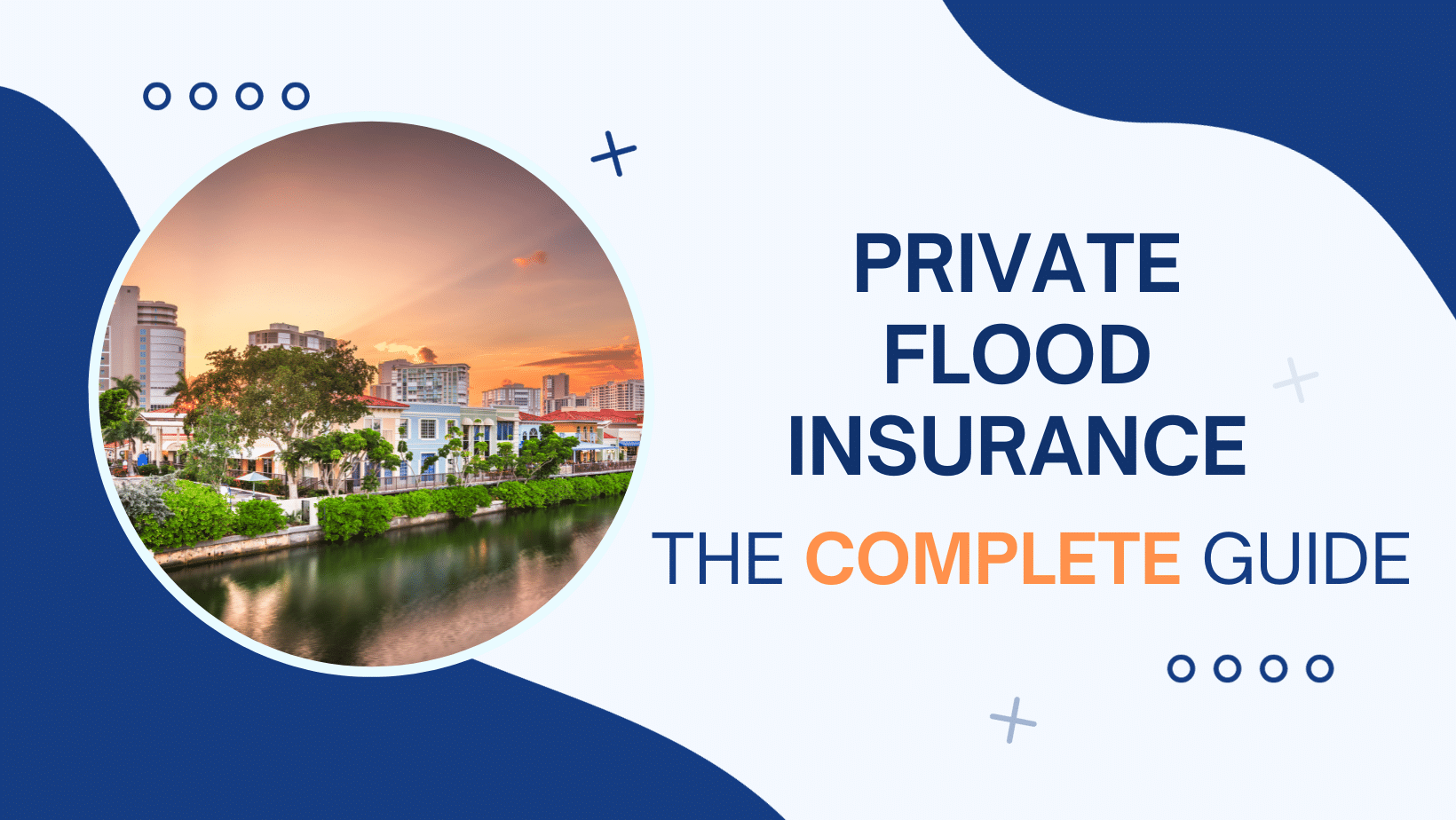
How To Know You Live In A Flood Zone
Based on information from a Global Research Program from 2009, in the past five decades the precipitation in the US has increased by about 5%. Because of the higher abundance of snow and rain in conjunction with the various changes in land usage, homeowners are faced with a much higher likelihood of flooding.
If you have a standard homeowner’s insurance policy, then you should know that it doesn’t actually cover flooding, even if we’re talking about a flood that occurred through nature. Therefore, if you live in a home that’s built in an area where the chances of flooding are high, then you need to get flood insurance as soon as possible. But how can you know if you’re currently living in a flood zone or not?
Well, the first thing to do is to learn more about what flood zones are. Based on info from FEMA, a flood zone is an area that’s next to a body of water. However, there’s no info regarding the distance between your property and the body of water and how that qualifies your home as a low or high risk of flooding. Because of that, it’s up to you to learn more about this and adequately insure your property.
Step 1
Get in touch with your local government in order to request a flood zone map of your area. To get the most up to date maps, make sure to get in touch with FEMA.
Step 2
Check FEMA’s Map Service in order to see the Flood Insurance Rate Map info. The good news is that you can easily save any area of the map in true scale by just pinpointing it. This is going to easily help you establish where your home is located on the map and whether it’s at risk for flooding or not.
Step 3
Carefully check to see whether your home is in a flood zone. Some of them are considered to be a lot riskier than others. By doing so, you’ll be able to determine the right type of insurance for your property.
If you want, you can also use freeflood.net and input your address there to see if your home is within a hundred or five hundred year floodplain. Eventually, you can use this info to determine the risk of flooding to your property. One thing to bear in mind is that all the info you find here is advisory and shouldn’t be used as a definite guide for determining whether you need to get flood insurance or not.
Step 4
Speak to an insurance agent about the type of insurance you may require to protect your home. There are also a few other steps you can take in order to protect your property from flood damage.
While floods generally occur because of natural disasters, they can also occur due to a faulty bathtub, water leaking into the basement or a broken pipe. The good news is that you can get in touch with security companies to install various systems that are able to detect such leaks.
One of these companies is ADT and its sensors are extremely effective with helping you detect leaks in your home. Therefore, by getting one such system installed, you can have the peace of mind that you’re always going to be alerted about flood risks and have enough time to take action in order to prevent further damage to your home and valuables. Areas such as underneath sinks, near appliances, behind washing machines and especially basements are very susceptible to water leaks and are ideal places to install the sensors.
Make sure to take any steps you need in order to properly protect your home from a flood. By finding out more about the probability of your home getting flooded, you can easily take the right measures to ensure that’s never going to happen.




